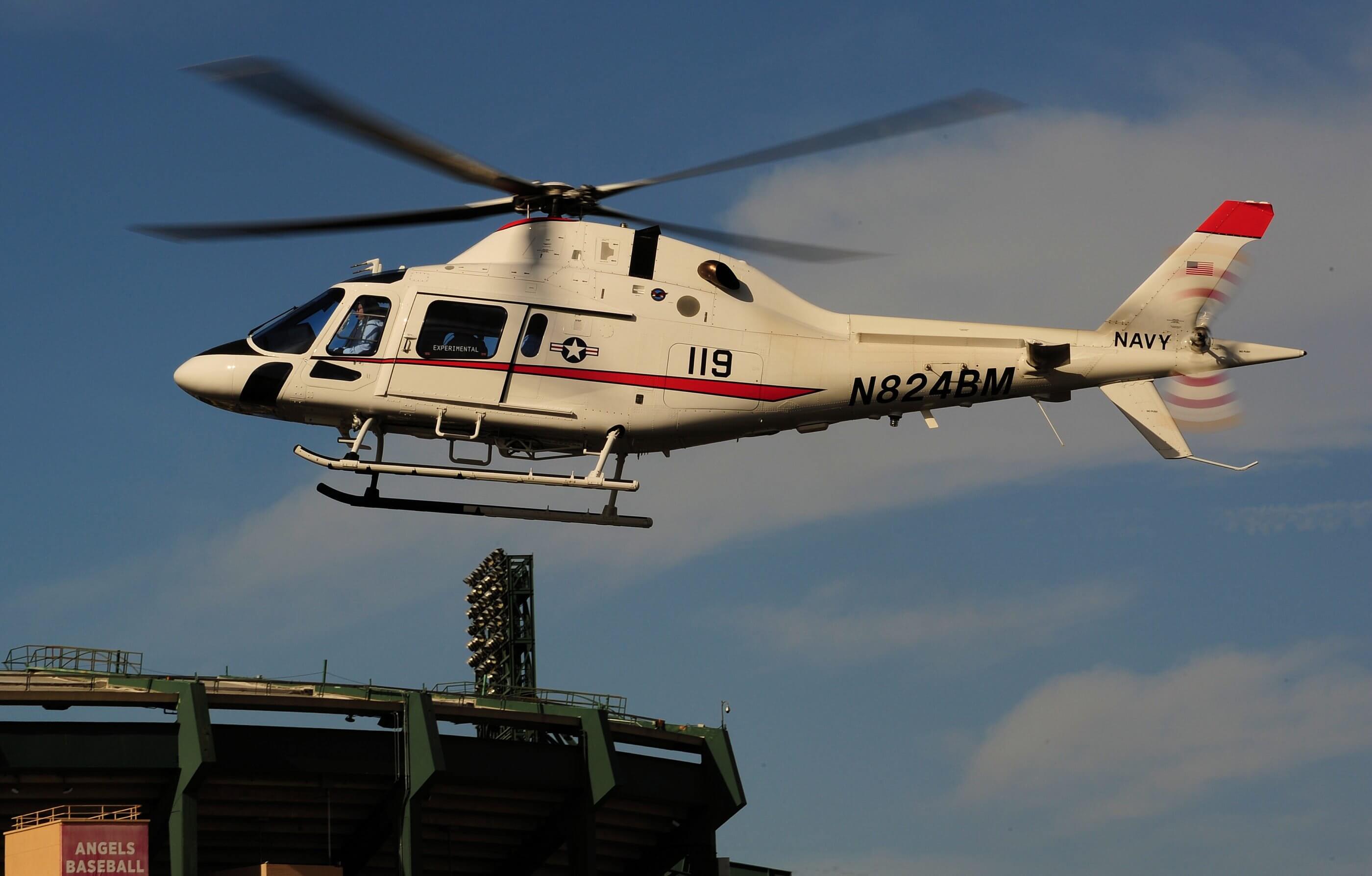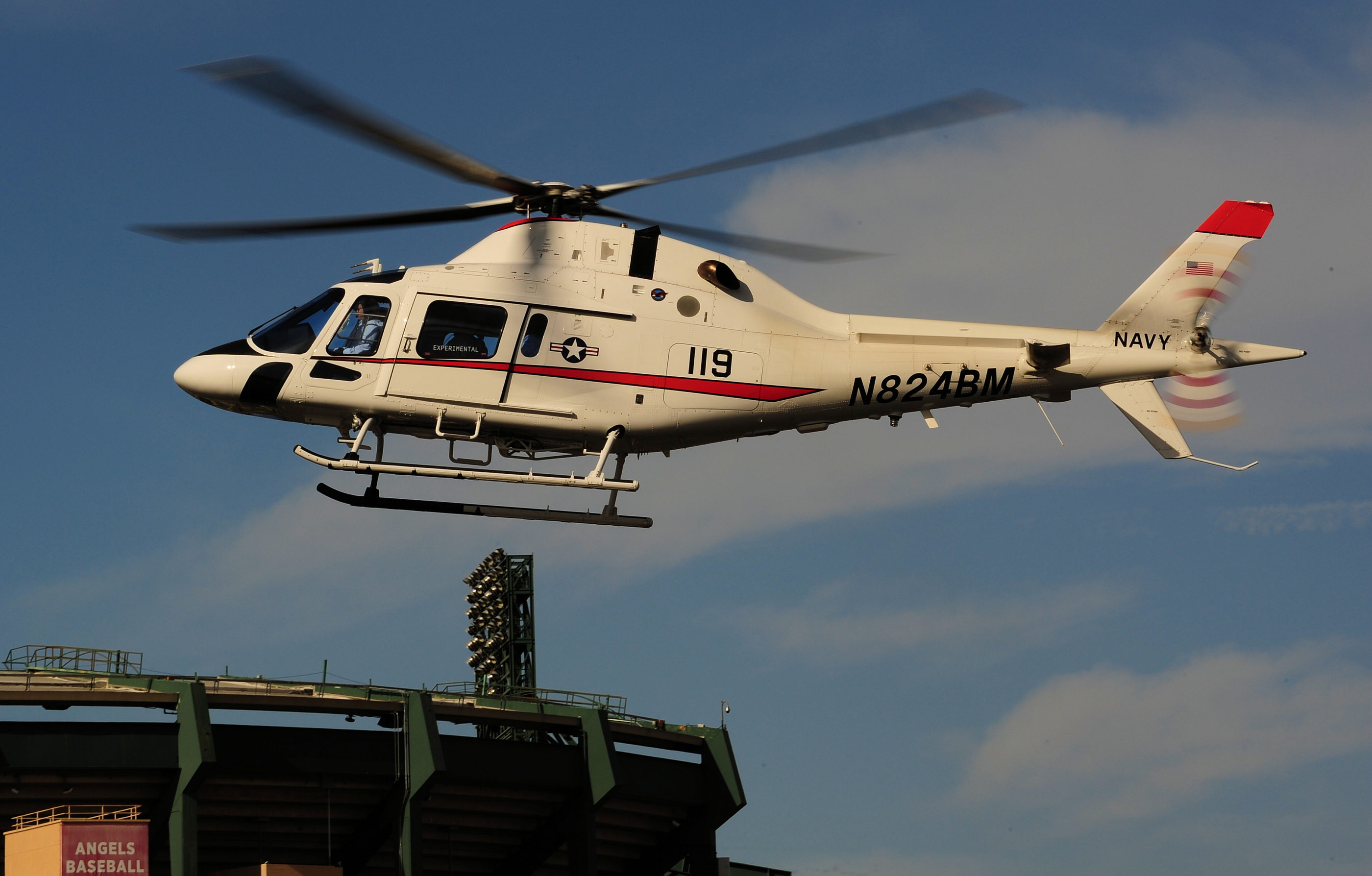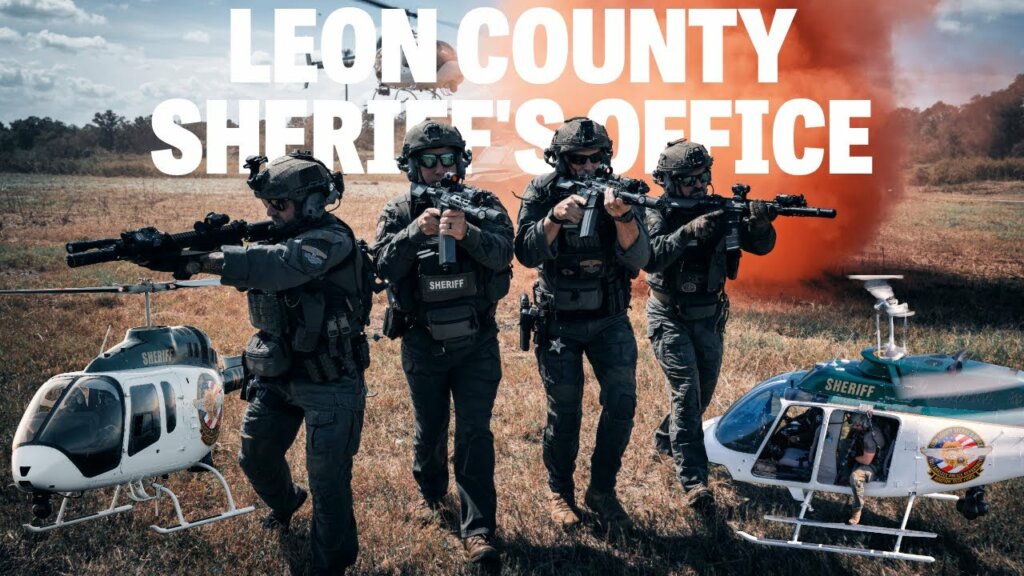Flying at about 900 feet (274 meters) above Angels Stadium in Anaheim, California, in what will be the U.S. Navy’s new training helicopter, is somewhat symbolic of Leonardo Helicopters’ forceful recent incursion into the U.S. military rotorcraft market.

Fifteen months ago, the company had zero helicopters in the U.S. military. It is now on contract for 215, having successfully sold the U.S. Air Force on the MH-139 to replace aging UH-1N Hueys and the Navy on the TH-119 to replace its tired TH-57 Sea Ranger training helicopters.
“This is the second success in a row in 15 months, which is really outstanding, and we just raised expectations,” said Gian Piero Cutillo, managing director of Leonardo Helicopters. “That’s important because the first one, the MH-139, we did together jointly with Boeing and Boeing was the prime. This time we did it as a prime.”
“It is extremely important for us that we have been able to win such a bid because it gives us confidence in our credibility and how we are considered by the customer,” he added. It also gives them a considerable financial windfall, worth nearly $3 billion, though a chunk goes to Boeing.
Leonardo is building the first 32 TH-119s under a $176-million contract, but the entire scope of work for 130 aircraft is worth nearly $650 million. Boeing is overseeing the $2.38 billion program to build the MH-139.
The Navy chose the single-engine TH-119, in mid-January over the Airbus H135 and incumbent Bell’s 407GXi to replace the TH-57 on which all Navy, Marine Corps and Coast Guard pilots train.
Fresh off the win, Leonardo brought the aircraft to Anaheim, California, for Heli-Expo 2020, where Vertical was given a ride by production test pilot Douglas Edge. The former Navy SH-60B flier said the helicopter is very representative of the fleet aircraft pilots find themselves in after flight school at Whiting Field in Florida.
“We’ve got five people on board and almost a full tank of gas, not the aux tanks, but still, we’re only pulling about 60 percent torque,” he said over Anaheim. “All the 57s have what we call steam gauges. They’re all analogue. So a new pilot goes from glass in the T-6, to steam gauges, back to glass in the fleet. This aircraft has these big, portrait screens that are very representative of what pilots will see in the fleet.”

Edge was talking about the Genesys Aerosystems cockpit, which was key to Leonardo getting the aircraft IFR certified prior to pitching it for the Navy trainer program. IFR certification was an essential requirement because not being able to fly in bad weather using instruments could add as much as seven weeks to a pilot’s training schedule, according to Andrew Gappy, Leonardo’s TH-119 program manager.
Aside from the 119 and MH-139, Leonardo also is managing the FAA certification of the AW609 civil tiltrotor out of the same shop. A new training academy for pilots of all those models, including a full-flight simulator for the 609 is scheduled to open in June.
Certification of the 609 is fast approaching. The four flying prototypes have amassed 1,600 flight hours and the first two production models are in final assembly. All three programs are set to ramp up soon at Leonardo’s Philadelphia facility, alongside production of the commercial AW139.
The plant just churned out its 300th 139, which was an Air Force model. Another TH-119 is on the production line and will, along with the one Vertical demoed, be used to train Navy trainers. The first official TH-73 will be outfitted with a crashworthy fuel system and seating. Deliveries are scheduled to begin in calendar year 2020 and continue through calendar year 2024.
“The United States market is a key market for us,” said Cutillo. “Philadelphia now becomes an important center of excellence for emerging numbers of important products. . . . The complexity of the activities we are performing in Philly is extremely important.”
Because the MH-139 is built on the same line as the AW139, there is no imminent risk of the plant bursting at the seams, but plans are in the works for expansion, said Bill Hunt, Leonardo’s Philadelphia plant manager. The current build rate is eight aircraft a year for a decade.
The 119 build rate is set for three per month until the Navy has all its trainers. Hunt said that high rate is more of a challenge. But while planning to build the training academy, Leonardo “tucked away” some extra space for an additional 119 line and funding is already earmarked for that expansion, Hunt said.
“We’ve been working on a vision and strategy since 2014 knowing in our hearts that we were going to reach some positive outcomes,” Hunt said. “If you had asked me two years ago if we would win both the MH and TH, I might have smiled a little. We were always thinking we were going to get there, so we’ve been planning for this for five years.”









